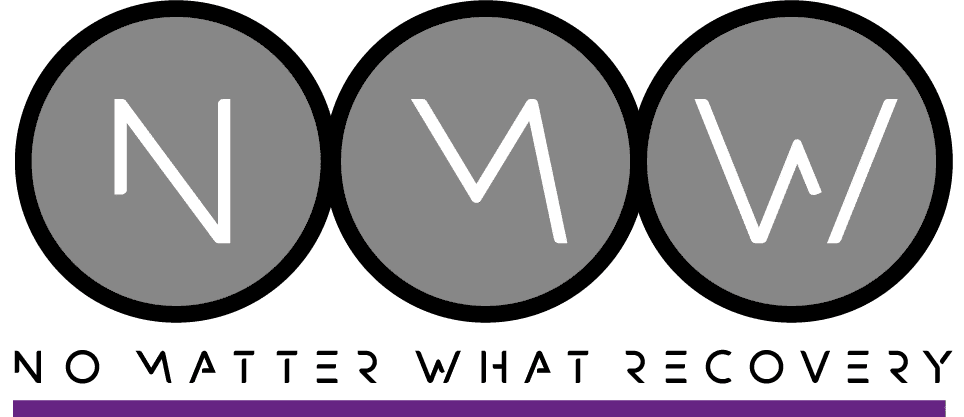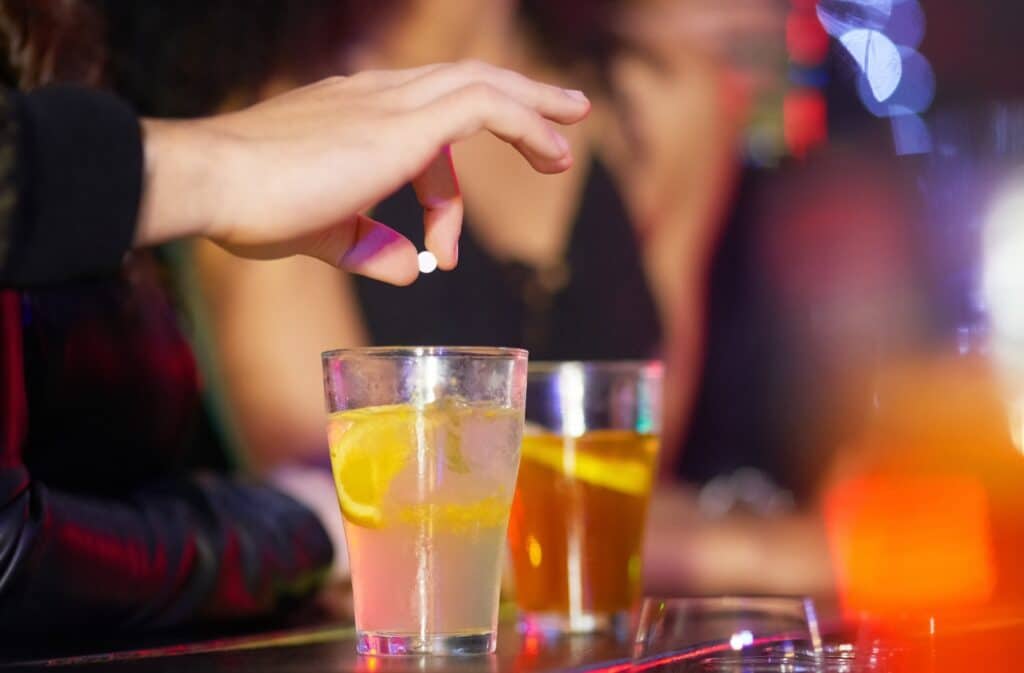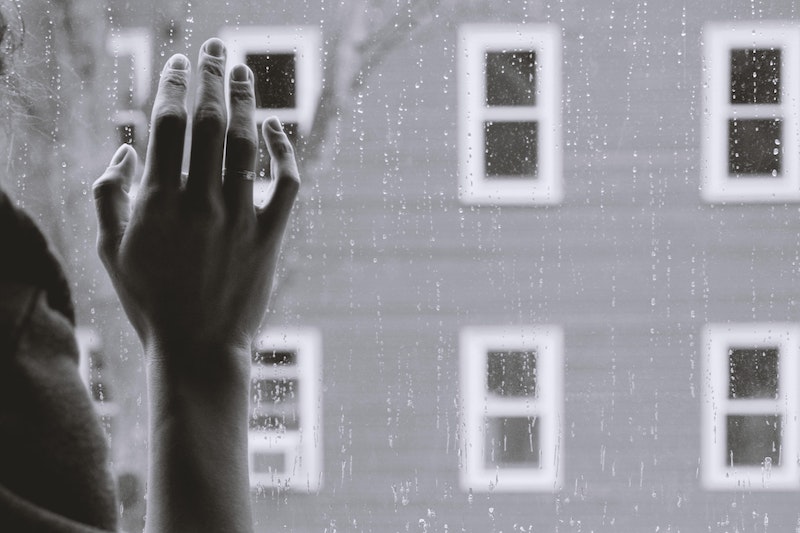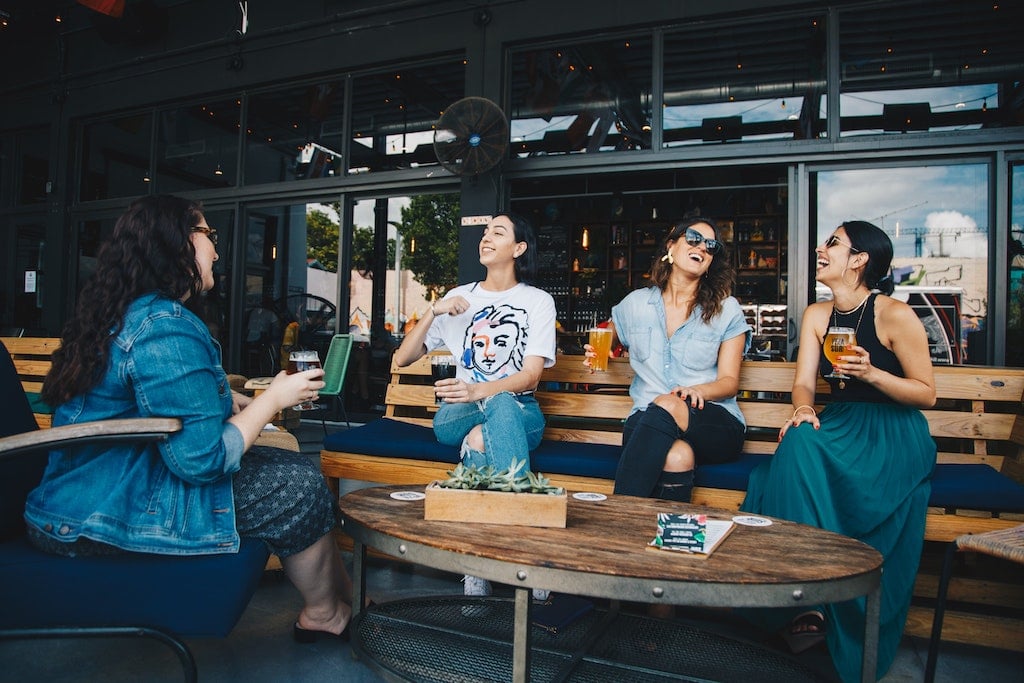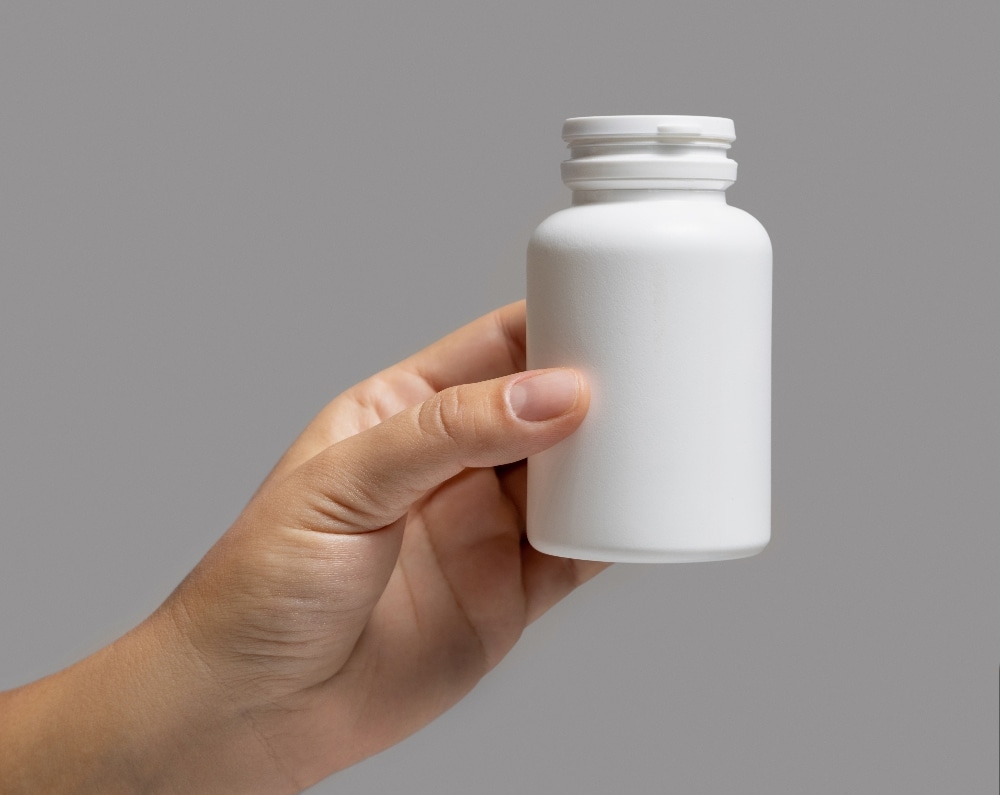In today’s evolving social landscape, the unfortunate reality of drug-facilitated crimes, specifically being “roofied,” poses a significant threat. Understanding the signs can not only bolster personal safety but also empower individuals to assist others in potentially dangerous situations.
What Does ‘Being Roofied’ Mean?
Understanding Drug-Facilitated Assault
The term “roofied” refers to the act of being surreptitiously administered a powerful sedative or dissociative drug without one’s knowledge or consent. Typically associated with nightclubs, parties, or casual social gatherings, the act of being roofied is a form of drug-facilitated assault. The most notorious substances used include Rohypnol (“roofies”), gamma-hydroxybutyric acid (GHB), and Ketamine. These drugs are particularly dangerous because they are often odorless, tasteless, and colorless, making them nearly impossible to detect in a spiked drink.
Mechanics of Drug-Facilitated Crimes
The primary intent behind using such substances is to impair the victim, reducing their ability to resist sexual assault or other criminal acts. The rapid onset of symptoms—which can occur within minutes—leaves little time for the victim to seek help or remove themselves from the threatening environment. Moreover, the temporary amnesia induced by these drugs can prevent the victim from recalling critical details about the assault or the identity of the perpetrator, complicating legal proceedings and often leaving crimes unpunished.
Legal Implications and Consequences
Administering these substances without consent is a criminal offense that carries severe legal consequences. The legal frameworks in many jurisdictions treat the act of drugging someone as an aggravating factor in sexual assault and other violent crimes, reflecting the premeditated nature of such offenses. Victims and bystanders are encouraged to report any suspected incidents of being roofied to local authorities immediately. Law enforcement is trained to handle these sensitive situations with the gravity and discretion they warrant, ensuring that evidence is collected promptly and appropriately, which is crucial for successful prosecution.
Common Symptoms of Being Roofied
Physical Symptoms
Victims of being roofied typically exhibit a range of physical symptoms, which can develop suddenly and are often severe. These include:
- Severe disorientation: Victims may appear visibly confused, unable to orient themselves in familiar settings.
- Dizziness and lightheadedness: A sudden onset of dizziness can occur, making it difficult to stand or walk.
- Memory loss: Gaps in memory or complete blackouts are common, with individuals unable to recall significant periods of time.
- Unconsciousness: In more severe cases, the victim may pass out and be unresponsive for several hours.
- Lowered inhibitions: This might manifest as unusually reckless behavior that is out of character for the individual.
- Difficulty speaking or moving: Slurred speech and impaired motor coordination similar to extreme intoxication.
- Blurred vision: Vision may be significantly impaired, contributing to the victim’s disorientation.
- Nausea and vomiting: Victims may experience gastrointestinal distress without a clear cause.
- Headaches: Severe, pounding headaches are often reported by those who have been roofied.
- Respiratory distress: In some cases, breathing may become labored or irregular.
- Seizures: Although less common, seizures can occur, especially if the drug interacts with other substances in the body or if the victim has a preexisting condition.
Psychological Effects
Victims of being roofied often suffer from an acute disruption of their normal cognitive functions. Confusion and disorientation can lead to panic attacks, an overwhelming sense of dread, or mistrust of those around them. In the days following the event, the psychological fallout can be profound. Many victims report feelings of shame and isolation due to gaps in memory and unclear recollections of the event. The psychological trauma associated with being drugged can lead to long-term effects such as depression and PTSD, making it essential for victims to receive appropriate psychological support.
The term “roofie” has become synonymous with drug-facilitated crimes, particularly those involving sexual assault. Understanding the substances commonly used in these crimes is essential for recognition, prevention, and response. Here is an overview of the most prevalent drugs that are used to incapacitate victims:
Rohypnol (Flunitrazepam)
- Description: Rohypnol is perhaps the most well-known among the drugs associated with incidents of being roofied. It belongs to the benzodiazepine class of drugs, which are central nervous system depressants.
- Effects: Rohypnol can cause deep sedation, muscle relaxation, and significant short-term memory loss, which is why it is often referred to as the “date rape” drug. The effects usually begin within 30 minutes of ingestion and can last for several hours.
- Detection: It can be more difficult to detect because it is colorless, odorless, and tasteless when dissolved in liquid. However, newer formulations of the drug may turn clear liquids slightly blue, which can serve as a warning sign if noticed.
Gamma-Hydroxybutyric Acid (GHB)
- Description: GHB is a central nervous system depressant that is also naturally found in small amounts in the human body. It is abused for its ability to produce euphoric and sedative effects, which are similar to those of alcohol.
- Effects: GHB can make a person feel relaxed, happy, and sociable, but higher doses lead to dizziness, loss of coordination, and unconsciousness. Its effects can begin within 15 minutes of ingestion and last up to a few hours.
- Detection: Like Rohypnol, GHB is colorless and odorless, though it may have a slightly salty taste when mixed in drinks.
Ketamine
- Description: Originally developed as an anesthetic for both humans and animals, Ketamine has powerful hallucinogenic and dissociative properties.
- Effects: At lower doses, it can cause feelings of detachment from the environment and oneself, while higher doses can lead to a complete sensory detachment that is often described as a near-death experience, commonly referred to as being in a “K-hole.”
- Detection: Ketamine is often sold as a white powder that can be mixed into beverages, making it hard to detect without specific testing.
Benzodiazepines
- General Description: This class of drugs includes several medications prescribed primarily for anxiety, insomnia, and seizure control. Common benzodiazepines include Valium (diazepam) and Xanax (alprazolam).
- Effects: Benzodiazepines produce sedation, and muscle relaxation, and can significantly impair cognitive functions and memory when used in high doses.
- Detection: These are prescription drugs that are sometimes misused to incapacitate victims due to their strong sedative effects.
Understanding these common roofie drugs, their effects, and how to detect them can significantly enhance one’s ability to prevent potential drug-facilitated crimes. If there is any suspicion that someone has been exposed to these or similar substances, immediate action and medical attention are critical.
How Roofies Work in the Body
Pharmacological Actions
Drugs used to roofie individuals, such as Rohypnol, GHB, and Ketamine, work primarily by depressing the central nervous system. These substances interact with neurotransmitter receptors in the brain to inhibit neuronal activity. For example, Rohypnol acts on the GABA receptors, enhancing the effect of the neurotransmitter GABA (gamma-aminobutyric acid), which is the primary inhibitory neurotransmitter in the brain. This action significantly decreases the brain’s overall level of arousal or alertness, leading to symptoms such as amnesia, lethargy, and slowed psychomotor responses.
Duration and Impact of Drug Effects
The duration of the drug’s effects can vary based on the dosage and the particular drug used. Generally, the effects of GHB and Rohypnol can last from two to eight hours, while the effects of Ketamine can last for one to two hours. However, the sedative effects may linger longer in the body, depending on the individual’s metabolism and overall health. During this time, the victim may be completely incapacitated and vulnerable. The impact on the body is profound, as these drugs can also affect the victim’s ability to remember events, effectively rendering them unable to protect themselves or consent to activities, making them easy targets for further crimes.
Understanding the signs of being roofied is imperative for personal safety and the well-being of communities. Armed with knowledge and proactive measures, individuals can protect themselves and assist others in avoiding the dangers associated with drug-facilitated crimes. Let’s commit to maintaining vigilance and spreading awareness to foster safer social environments.
High-Risk Situations for Being Roofied
Recognizing Risky Environments
The risk of being roofied is particularly high in environments where individuals are in social settings that involve the consumption of beverages, especially alcoholic ones. These settings include bars, nightclubs, parties, concerts, and even private gatherings where there is easy access to one’s drinks. The chaotic and often crowded nature of these environments makes it easier for perpetrators to discreetly add substances to someone’s drink without being noticed.
Precautions in Social Settings
To mitigate the risk of being roofied in social settings, it is crucial to take proactive steps:
- Guard Your Drink: Always keep your drink with you and avoid leaving it unattended. If you must leave your drink behind, it is safer to order a new one.
- Watch Your Drink Being Made: Whenever possible, watch the bartender or server prepare your drink directly from the tap or bottle to the glass.
- Be Cautious with Open Containers: Avoid consuming drinks that come from open containers or communal punch bowls, as these are easier targets for tampering.
- Use Safety Devices: Consider using drink covers or specially designed lids that can detect the presence of drugs in drinks.
Behavioral Red Flags
Being aware of how individuals in your vicinity behave can provide important clues to potential risks. Warning signs include:
- Excessive Friendliness from Strangers: Be wary of strangers who are overly friendly or who insist on buying you a drink.
- Unusual Attention to Your Drink: Watch for individuals who show an unusual interest in your drink or who attempt to get you to drink more than you seem comfortable with.
- Isolation Tactics: Be cautious of anyone who attempts to isolate you from your friends or who insists on taking you somewhere private.
High-Risk Individuals
Certain individuals may be at higher risk of being roofied. Young adults, particularly college students, are frequently targeted due to their less-developed drinking habits and higher likelihood of attending large parties or club events. Additionally, individuals who are visibly intoxicated may be seen as easier targets due to their already impaired judgment and abilities.
Medical Response to Being Roofied
Immediate Steps to Take
If there is any suspicion that someone has been roofied, immediate action is crucial. The first step is ensuring the safety of the individual, which might mean moving them to a secure environment and keeping them under close observation. It’s important to seek medical attention as soon as possible because healthcare professionals can administer the necessary care and conduct tests that may confirm the presence of drugs.
The Importance of Toxicology Tests
Upon arrival at a medical facility, it’s critical to request toxicology tests specifically for common date rape drugs, which must be done promptly as these substances can metabolize quickly and disappear from the bloodstream within 24 hours. These tests are not only crucial for medical treatment but also serve as vital evidence should the victim decide to press charges.
Supportive Medical Care
Medical care will initially focus on stabilizing the victim, which may include treating symptoms such as respiratory issues or severe sedation. Continuous monitoring may be required depending on the severity of the symptoms. Healthcare providers will also offer support for mental health concerns, as the experience can be traumatic. Referrals to counseling or support groups may be provided to help the victim cope with the psychological aftermath of the incident.
Preventing Being Roofied
Prevention strategies include vigilance about drink safety—such as covering drinks and never leaving them unattended—as well as educating oneself about the appearance and effects of common “roofie” drugs. Tools like drink-testing kits or protective drink covers can also be effective.
Getting Help
Understanding the signs of being roofied is crucial for personal safety and community well-being. By staying informed, vigilant, and proactive, individuals can protect themselves and assist others in navigating social environments where the risk of drug-facilitated crimes is elevated.
If you or someone you know is recovering from a substance-related incident or needs support with addiction recovery, No Matter What Recovery is here to help. Our compassionate team offers comprehensive recovery programs designed to support individuals through every step of their recovery journey. Contact No Matter What Recovery today to find out more about our services and how we can assist you or your loved ones in achieving lasting recovery, no matter what.
FAQs
Prioritize safety: Move to a secure area and inform someone you trust. Avoid consuming more beverages and do not dispose of the drink, as it could be used as evidence. Contact emergency services to ensure medical and legal help is received promptly.
Observe for signs of unusual behavior: Look for symptoms such as difficulty standing or walking, slurred speech, confusion, or sudden sleepiness. If these symptoms appear rapidly, especially if the individual hasn’t consumed much alcohol, it might indicate drugging.
Yes, hospitals can perform tests to detect the presence of substances like Rohypnol, GHB, and Ketamine. However, these need to be conducted quickly as such substances metabolize rapidly and may not be traceable after 24-48 hours.
Beyond immediate health impacts, being roofied can lead to long-term psychological issues such as chronic anxiety, depression, and PTSD. Continuous support and therapy can help mitigate these effects and assist individuals in regaining their mental health.

Mell McCracken, CADC-II, ASAT, RAE
Mell McCracken is the Executive Director of No Matter What Recovery, serving as the leader of the clinical treatment program and overseeing our sexualized drug use curriculum.
Mell is nationally and internationally recognized as an LGBT+ educator, co-author, and treatment provider. They also serve as faculty member at the International Institute of Trauma and Addiction Specialists. They are committed to uplifting voices and breaking stigmas, one conversation at a time, and have spent their career fighting for inclusivity and empowerment through chemsex education and LGBT+ activism.
